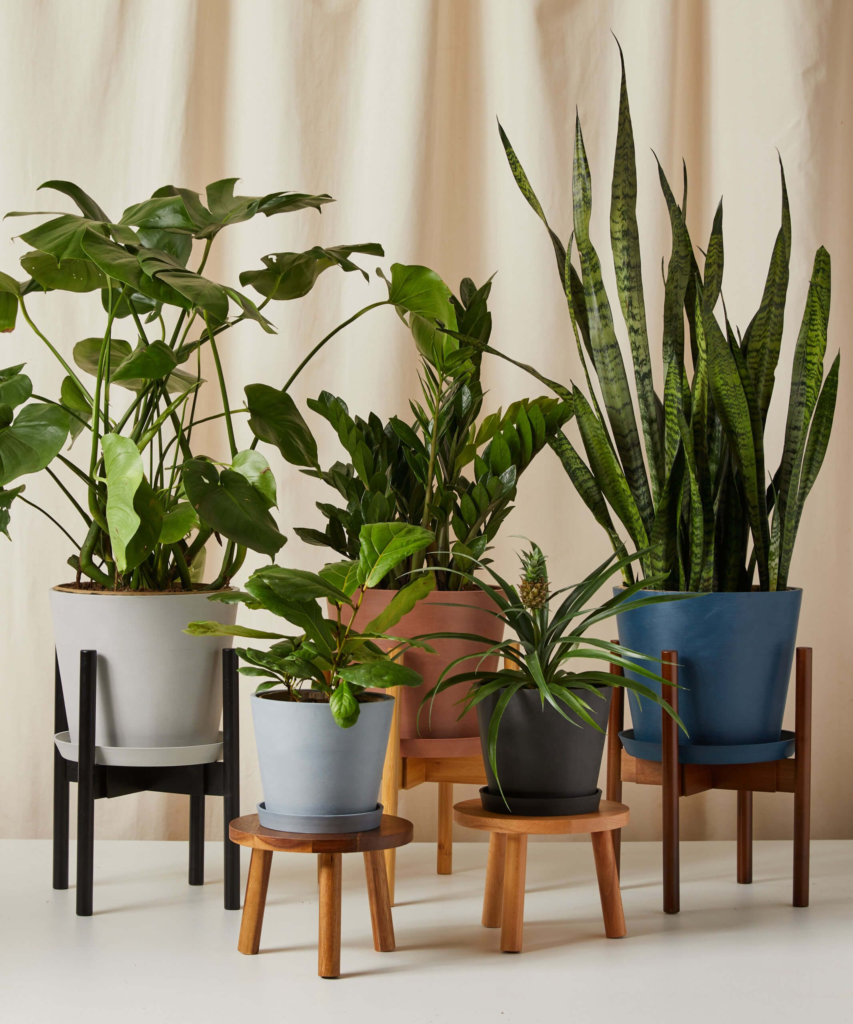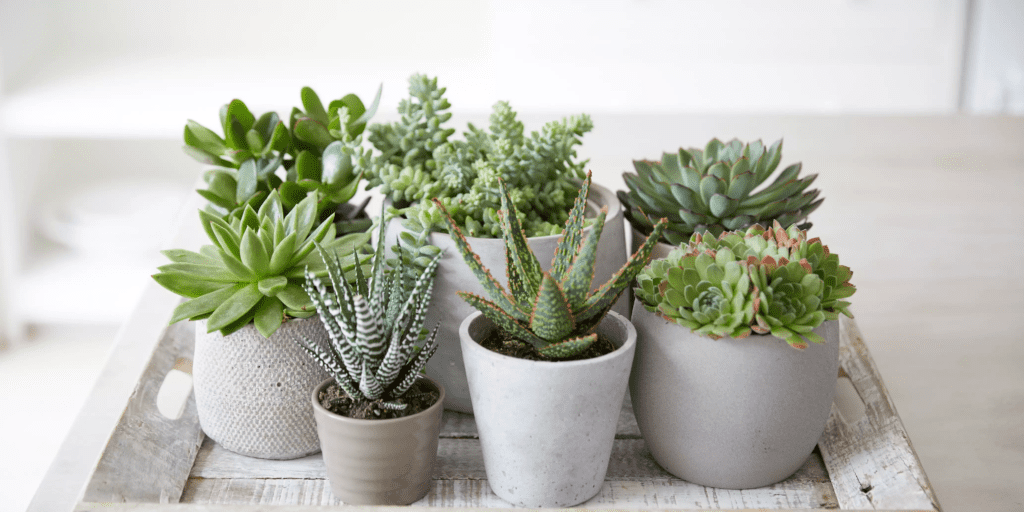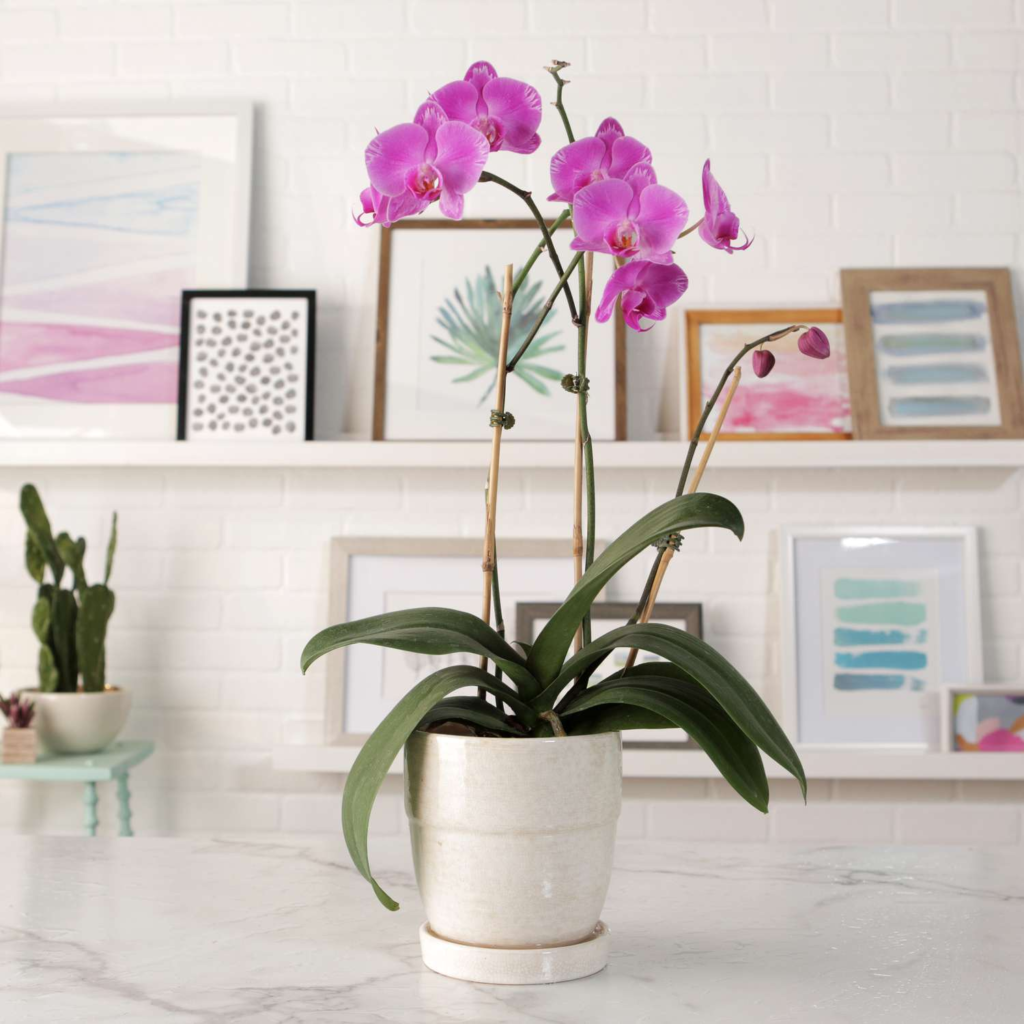What are the types of indoor plants? Want to spruce up your home with greenery but don’t know where to start?

Having plants indoors can make all the difference, giving your home a more welcoming atmosphere and adding color and texture to your décor.
Indoor plants come in hundreds of varieties, from tiny succulents that fit on the windowsill to lush trees that tower above you.
Each type has different needs for light, water, soil, and temperature which you need to consider when selecting a suitable plant for your climate and décor.
Adding green life into your home doesn’t need to be overwhelming. We will explore the different types of indoor plants available so you can choose one that suits your lifestyle and brings elegance and serenity into your environment!
Key Takeaways
- Indoor plants come in hundreds of varieties, from small succulents to towering trees, each with unique care requirements.
- Succulents store water in their leaves, stems, and roots, requiring little maintenance. Ferns thrive in moist environments and need indirect light to grow. Cacti need little water and can tolerate bright light, making them great for sunny windowsills. Palms need bright, indirect light and regular watering to thrive, while orchids need bright, indirect light and regular watering as well.
- Indoor plants have many benefits, including purifying the air, reducing stress, and boosting mood.
- To care for indoor plants, research their care requirements, including the right potting soil, containers, light, and water.
- Tips for caring for indoor plants include not overwatering, using well-draining soil, avoiding direct sunlight, and pruning when necessary.
Introduction to Indoor Plants
Indoor plants are a great way to bring nature into your home. They can add color, texture, and life to any room. There are many types of indoor plants available, each with its own unique characteristics and needs.
What are the Types of Indoor Plants?
1. Succulents: Succulents are a type of plant that stores water in its leaves, stems, and roots. They come in a variety of shapes and sizes and require little maintenance.

2. Ferns: Ferns are an ancient group of plants with delicate fronds that can add texture to any room. They thrive in moist environments and need indirect light to grow.
3. Cacti: Cacti are a type of succulent that is known for its spines and thick stems. They require little water and can tolerate bright light, making them a great choice for sunny windowsills.
4. Palms: Palms are tropical plants with large fronds that can add a touch of the tropics to any room. They need bright, indirect light and regular watering to thrive.
5. Orchids: Orchids are a type of flowering plant that come in a variety of colors and shapes. They require bright, indirect light and need to be watered regularly.

Benefits of Keeping Houseplants
Houseplants can bring a variety of benefits to your home. They can help purify the air, reduce stress, and even boost your mood. Having plants in your home can also help you connect with nature and give you a sense of accomplishment as you watch them grow and thrive.
No matter what type of indoor plant you choose, it’s important to research the care requirements for your particular species. Make sure you have the right potting soil and containers, as well as enough light and water for your plants to thrive. With a little bit of effort, you can create a beautiful and inviting space with houseplants!
Tips for Caring for Indoor Plants
Caring for indoor plants can be a rewarding experience, but it does require some effort. Here are some tips to help you get started:
• Research the care requirements of your particular plant species before purchasing.
• Make sure you have the right potting soil and containers for your plants.
• Place your plants in an area with enough light and water them regularly.
• Prune dead or dying leaves and stems to keep your plants healthy.
• Use fertilizer to give your plants the nutrients they need.
• Check for pests and treat them promptly if you find any.
Where to Buy Indoor Plants
Indoor plants can be purchased from a variety of places, including garden centers, nurseries, and online retailers. When shopping for plants, make sure to look for ones that are healthy and free of pests. You should also consider the size of the plant and how much light it needs before making your purchase.
Conclusion
Indoor plants can be a great way to bring nature into your home. There are many types of indoor plants available, each with its own unique characteristics and needs. It’s important to research the care requirements for your particular species before purchasing and make sure you have the right potting soil and containers, as well as enough light and water for your plants to thrive. With a little bit of effort, you can create a beautiful and inviting space with houseplants!